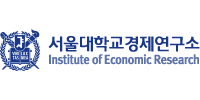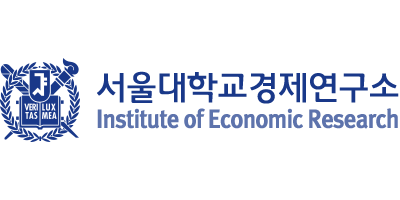94 Estimation and Evaluation of Monetary Policy in Korea Before and After the Global Financial Crisis
- Jeonghun Choi
- [No. 94] 최정훈, 박사과정(경제학부BK21플러스).pdf
Abstract
This study estimates a simple small open dynamic stochastic general equilibrium model through the Bayesian approach using Korean data. It mainly analyzes the monetary policy conducted by the central bank of Korea in relation to the 2008{2009 global nancial crisis. Speci cally, it aims to answer three questions. (1) Is there any change in the Korean monetary policy before and after the global nancial crisis? (2) If so, what is the di erence between them? (3) What are the subsequent change in the role and e ect of the monetary policy alteration? To answer these questions, we rst implement a rolling estimation, which enables us to control the influence of the crisis and to find the time-varying characteristics of the Korean economy. Based on the results from the rst stage, we re-estimate the model by dividing the whole sample period into two sub-periods, namely, pre-crisis and post-crisis. According to our estimation results, exchange rate movements become an additional
interest in deciding the policy rate of Korea after the peak of the crisis. In addition, the behavior of the Korean monetary authority becomes relatively more aggressive. When models including the data of the peak of the crisis are estimated, model ts become worse and the posterior estimates are distorted. Finally, we conduct simulations to gauge the altered role and e ect of the change. As measures of performance, volatilities of inflation, output, and exchange rate of the simulated series obtained by stochastic simulation show that the central bank of Korea can achieve more stabilized inflation and exchange rates under the post-crisis policy rule. Our results are robust for various speci cations of the monetary policy rule, alternative prior distribution, and data that can be used as proxies for the exchange rate and inflation of Korea.


